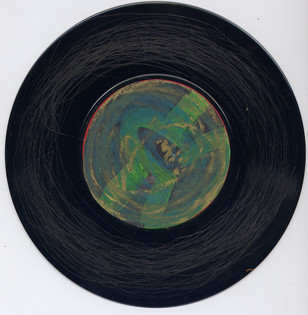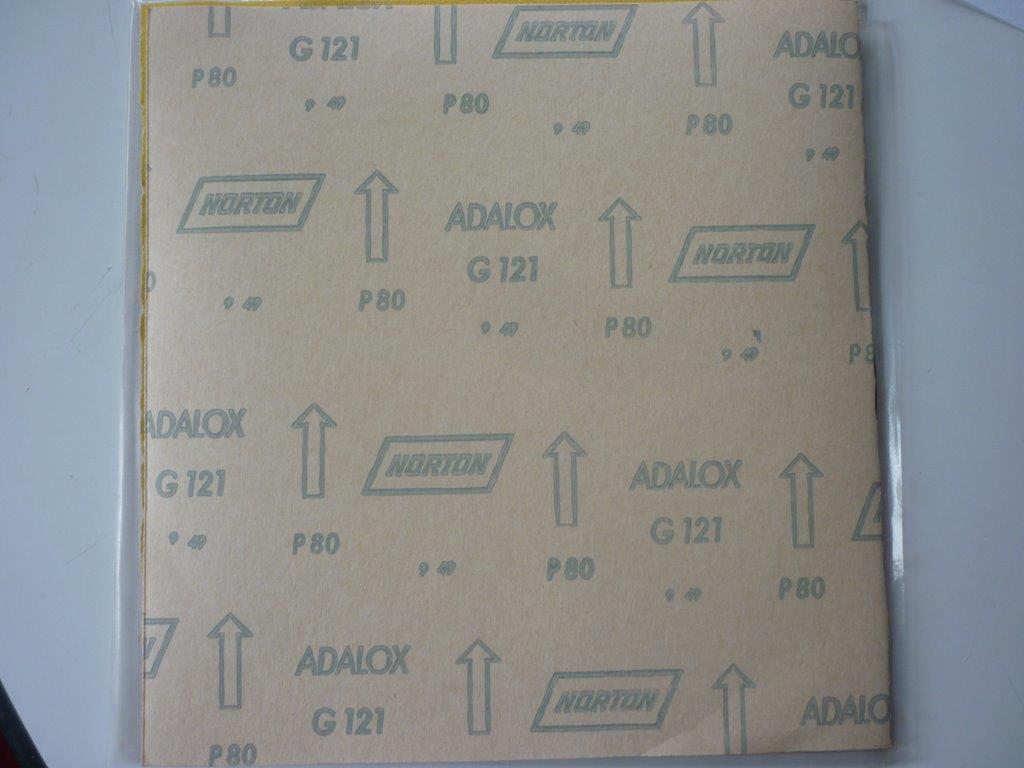In the future I would like to do a proper profile of Fusty Cunt, a label that has put out countless unusual releases housed in unique packaging concepts. But today I wanted to showcase a particularly unique tape put out by the label.
Compilations are fascinating, especially noise comps. The taxonomic frenzy of artist names, typically a combination of established artists, obscure side projects, and perplexing one-offs, can lead to hours of Discogs scrolling, following byzantine networks of loose associations.
But I digress. The most fascinating of the comps are the themed compilations, and this Fusty Cunt nugget is no exception. Even more fascinating is the rare breed of compilations that come housed in actual diapers. I know of only one.

“Anhedonia” refers to the inability to experience pleasure. Clinically, it is a symptom of depression as well as several other psychiatric and neurological conditions. According to an excellent interview with Fusty Cunt proprietor Jim Haras for Pure Stench zine, Anhedonia was a compilation in which artists were asked to create brief (under two minute) tracks using the concept of “denial of self gratification.” Artists were hand-selected by Haras, “chosen because each has a unique sound and I knew each would generate a different spin on the concept (social denial, monetary denial, sexual denial, intellectual denial, political denial, bowel denial, etc.)”
Featured on the tape are mid-tier noise acts like Ahlzagailzehguh, Baculum, and Custodian, plus some rarer names. There is also Exploring Jezebel, one of the many pseudonyms of Dominick Fernow (Prurient, Hospital Productions) as well as Haras’ own act, Deterge. Track titles include some real treats, like “Dutifully Overdosing On Female Footsweat,” “Holding In Your Poopy,” and “Kegel Exercises: Flex And Release.” One artist even poses a pithy question: “Did You Ever Want Something So Much That You Would Do Anything To Have It, Only To Be Told It Could Never Be Yours?”
Even the short track duration was an attempt at stymying gratification — “just as you are about to fully get into a track, it’s over, leaving you wanting more.” The release came with a booklet of artwork, each contributing artist submitting a page. But the piece de resistance was the fact that each copy came in a bona fide diaper, with “ANHEDONIA” written on it in upper-case letters with a Sharpie.

To Fusty Cunt’s owner, the diaper was a middle finger to tape collectors, “an attack on everyone’s personal record/tape collection.” Inside the nappy was a tape shell spray-painted feces brown. He originally had planned to use brown tapes, for maximum effect, but could not source them. In the end, that was perhaps for the best: “This denied me the satisfaction of having it turn out exactly the way I intended.”
—
Do you know of other tapes that come packaged in diapers? If so, please leave a comment or let me know.













